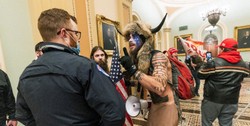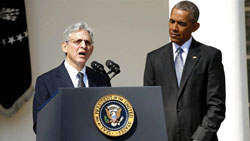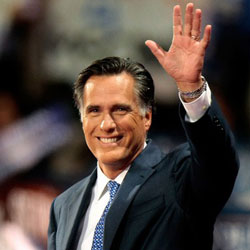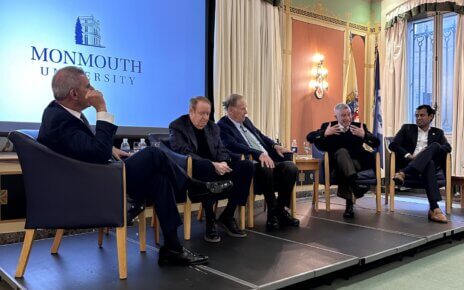On the afternoon of Jan. 6, rioters stormed the Capitol building as electoral college votes were being counted in the House of Representatives chamber. Three months later, arrests are still being made.
Many of the Capitol rioters came directly from former President Donald Trump’s “Save America Rally” that began hours earlier on the Ellipse, a park near the White House. Trump spoke for more than an hour at this protest, urging attendees to walk to the Capitol afterward, “We fight like hell, and if you don’t fight like hell, you’re not going to have a country anymore. So, we are going to walk down Pennsylvania Avenue—and we are going to the Capitol.”
“The idea that a federal position like the presidency could be used to incite such an incident slammed my idea of the institution of democracy hard into the ground,” said Eleanor Prescott, a sophomore political science student with a concentration in international relations. “It began to drill home the idea that I’ve been processing ever since—that violence caused by misinformation, mistrust, hatred, and weaponization of people’s emotions and beliefs can happen anywhere, including a country that has historically stood against this kind of violence.”
Steven Chapman, Ph.D., Assistant Professor of Political Science and Sociology, explained when the event turned into something more than just a protest. “January 6 became an attempted insurrection the moment a mob descended on the Capitol Building with the sole purpose of halting the peaceful transition of power. It has become clear that at least some of the groups involved were coordinating with one another, and were seeking out specific lawmakers in the process,” said Chapman.
“The capitol riots served as a reminder to the United States, and the world itself, that the idea of democracy is only as successful as the masses make it. It launched an attack on the idea of democracy, a symbol that the United States had stood for so long,” explained Prescott. “America is supposed to be a place where the people speak their mind, and whether or not you agree with that person, you respect their opinion and their right to vote accordingly. This concept, outside of the physical damage, is what was attacked in the riot.”
In wake of the events that occurred on Jan. 6, many rioters are now facing charges for their actions. “There’s hundreds of people who have been arrested, and the charges vary on what acts they committed,” explained Joseph Patten, Ph.D., Associate Professor of Political Science and Sociology. “There are different charges ranging from trespassing and probably going as far as sedition, which is a very serious crime.”
“There were some people who were part of militia organizations that were intent on organizing violence and targeting the U.S. Capitol at a time when the electoral college votes were being counted. Along with acts of sedition, there’s a police officer who died, so some might be charged with murder,” continued Patten.
Public opinions about the Capitol riots still vary. “I think this is an excellent example of how people filter things through their ideological lens. Most objective scholars would label it an attempted insurrection. However, how a person views the events of January 6 is largely dependent upon their ideology,” explained Chapman. “There are clear partisan gaps in opinion on what it was, who is to blame, and what should be done in the aftermath.”
Despite the ongoing investigations into the events of Jan. 6, conversation about the riot has largely declined. “This is a good example of how quickly memories fade in the mass public. No one is really talking about the event all that much. It’s reminiscent of what scholars call the issue attention cycle—something happens, public attention increases, then steadily fades over time. Think mass shootings and gun control.”
“News of the riot has died down, at least it seems, since the inauguration of President Biden. Many have simply accepted that this is how democracy goes, that a candidate is voted in. Some people are happy, and others upset, but the ball keeps rolling and the world keeps turning. Of course, it still appears from time to time in the news, and sometimes feels like a bad dream, but overall seems to have processed through the attention cycle of many U.S. citizens,” said Prescott.
IMAGE TAKEN from ABC News




